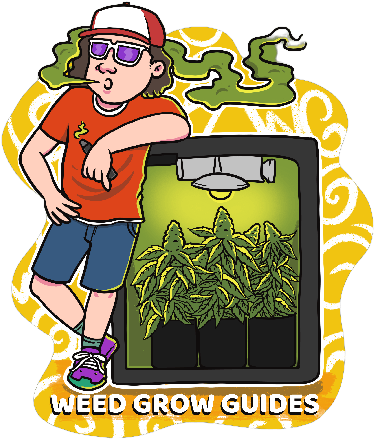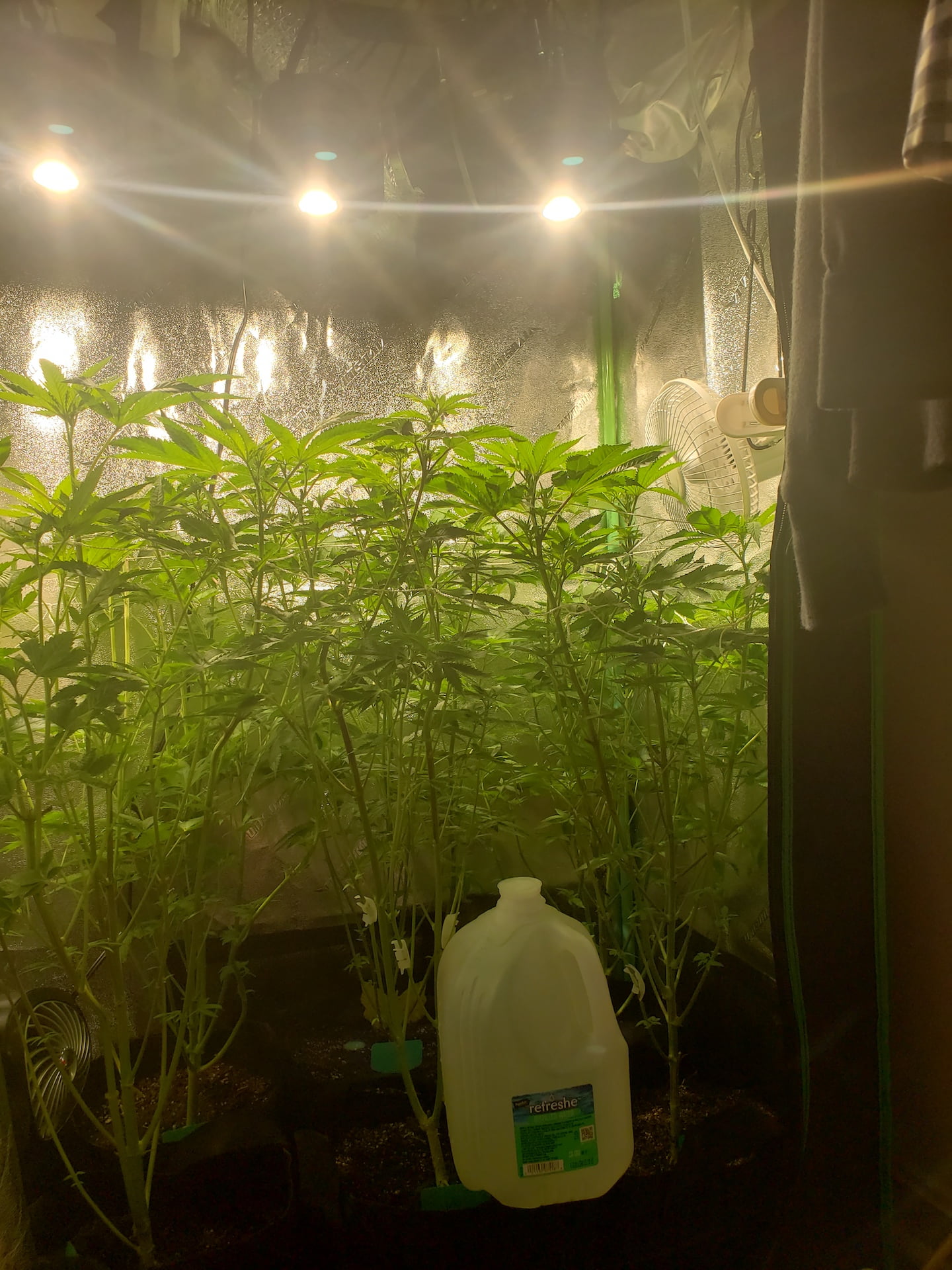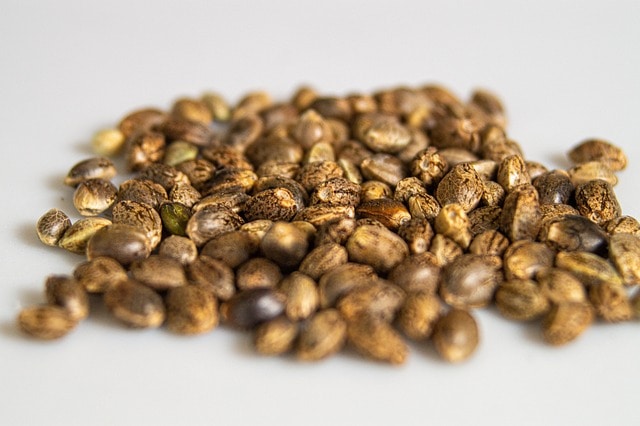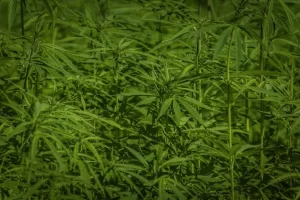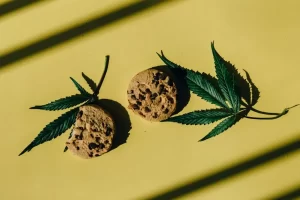Every cannabis grower listen up, attention to detail isn’t just a trait—it’s a necessity. Among the many variables influencing the quality and quantity of a cannabis harvest, understanding and controlling the light cycle is paramount. Here are the basics of the cannabis light cycle to enlighten both novices and seasoned growers.
1. Introduction to the Cannabis Light Cycle
Cannabis, like many plants, follows a growth trajectory influenced by the surrounding light. It has two primary phases:
- Vegetative Stage: A period of growth where the plant develops its structure.
- Flowering Stage: The phase where energy is channeled into producing buds.
The switch between these stages is primarily dictated by light.

2. Delving into Photoperiodism
Cannabis plants are “photoperiod-sensitive.” This means their vegetative and reproductive cycles are influenced by the length of daylight and nighttime they experience. Manipulating these cycles can:
- Trigger early or delayed flowering.
- Influence the robustness and size of the plant.
- Impact bud yield and potency.
3. Cannabis Light Cycles for Indoor Cultivation
Choosing the Right Light
- LEDs: These offer a full spectrum of light and are energy-efficient. They’ve become the go-to choice for many due to their longevity and ability to mimic the sun’s natural light.
- HIDs: High-Intensity Discharge lights, including metal halide (MH) for vegetative growth and high-pressure sodium (HPS) for flowering, are older yet effective options.

Setting the Right Schedule
- Vegetative Stage: Typically, cannabis thrives on an 18/6 light-to-dark ratio during this phase. Some growers even opt for a 24/0 cycle, providing constant light, but this may stress the plants.
- Flowering Stage: Shift to a 12/12 ratio. Consistency is critical. Even slight interruptions can cause stress, leading to reduced yield or hermaphroditism.
Automating and Monitoring
- Timers: An essential investment. Automating light schedules ensures accuracy and consistency, reducing potential plant stress.
- Light Distance: A balance is essential. Too close, and you risk burning the plant. Too far, and the plant may stretch, leading to weak stems and reduced bud sites.

4. Navigating the Outdoor Light Environment
Synchronizing with Nature
When growing outdoors, Mother Nature is in charge. However, understanding natural light patterns in your location helps in predicting and optimizing growth phases.
Light Deprivation Techniques
Forced Flowering: By reducing sunlight exposure using blackout tarps, you can trick the plant into entering the flowering phase earlier than the natural season dictates. This can be invaluable for obtaining multiple harvests or ensuring buds mature before adverse weather conditions.
5. Additional Light Factors to Consider
Spectrum and Intensity
Different growth stages require different light spectrums. The vegetative phase benefits from blue light, promoting tight node spacing and healthy leaves. In contrast, the flowering stage leans more towards red light, encouraging bud development.

Light Burn and Stress
Keep an eye out for signs of light stress. Leaves may turn yellow or develop brown tips. If you notice these symptoms, consider adjusting the light distance or intensity.
Light burn and stress are significant concerns for cannabis cultivators, especially when leveraging artificial indoor lighting systems. When a marijuana plant receives excessive or overly intense light, the upper leaves, closest to the light source, often display the first signs. These include yellowing or bleaching, a phenomenon known as “tacoing” where leaves curl upwards, and a dry or crispy texture. Brown spots may also emerge on affected leaves, and the plant’s overall growth can become stunted. Most critically, during the flowering phase, excessive light can lead to looser buds with compromised THC potency.

A plant stressed from light burn becomes more susceptible to pests, diseases, and other environmental challenges. To learn more about plant diseases make sure to check out our article on diseases and mineral deficiencies. Beyond the immediate symptoms on the leaves, the bigger concern lies in the plant’s potential to turn hermaphrodite due to excessive stress. This shift results in the development of both male and female reproductive organs, leading to self-fertilization and the production of seedy cannabis—a scenario most growers want to avoid. Ensuring optimal lighting conditions and regular monitoring can prevent such adverse outcomes and maintain the plant’s health.
The Dark Cycle’s Importance
While light is crucial, uninterrupted dark periods are equally important, especially during flowering. They allow the plant to rest and focus energy on bud production.
Conclusion
Harnessing the power of light can transform a cannabis grow from mediocre to magnificent. With a deep understanding of the cannabis light cycle, growers can achieve increased yields, improved potency, and overall healthier plants. As the world of cannabis cultivation evolves, this age-old dance with light remains a cornerstone of the plant’s journey from seed to harvest. Make sure to pay attention to the details outlined and optimizer your cannabis light cycle for indoor grows and manage your outdoor conditions the best you can.
